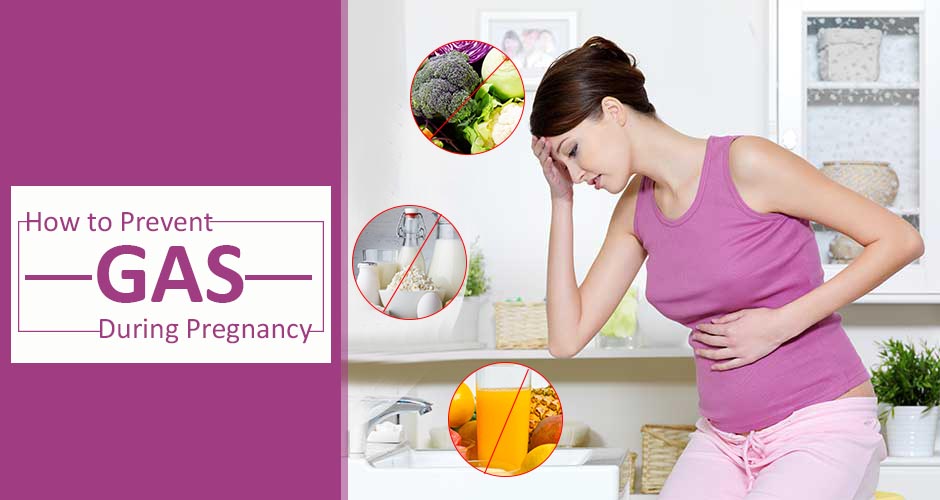Positions to Relieve Gas While Pregnant: A Guide for Expecting Mothers

Introduction
Pregnancy is an exciting time for many expectant mothers, but it can also come with its own challenges. One common issue faced by women during pregnancy is gas, which is often caused by the expanding uterus putting pressure on the intestines, leading to bloating and discomfort. Although this can be an embarrassing and uncomfortable problem, there are ways to relieve it. This guide will explore strategies for reducing gas during pregnancy and provide guidance for expectant mothers.
Explanation of the Problem of Gas During Pregnancy
Gas during pregnancy can be a sign of poor digestion and may be caused by a variety of factors such as hormonal changes, an unhealthy diet, and stress. The expanding uterus can also put stress on the intestines, leading to bloating and unease.
Importance of Finding Relief
Managing gas during pregnancy can be challenging, but finding relief is important for the well-being of both the mother and the baby. Easing gas can reduce discomfort, improve digestion, and promote overall health.
Overview of the Guide
This guide will explore the importance of relieving gas during pregnancy, the benefits of changing positions, and the most effective positions for reducing gas. It will also provide advice on how to effectively implement these positions for optimal relief and improved digestion.
The Benefits of Changing Positions
Changing positions is a simple and efficient way to manage gas during pregnancy. This helps relieve pressure on the intestines and allows gas to move freely through the digestive system. By adjusting positions, expectant mothers can assist in removing gas from the body and prevent it from building up and causing discomfort.
Explanation of How Changing Positions Can Relieve Gas
The force of gravity can help relieve gas by encouraging its exit from the body and preventing buildup. By changing positions, a mother can take advantage of gravity’s effect and improve her ability to manage gas.
Advantages of Trying Different Positions Over Medication
Using different positions to manage gas during pregnancy has several advantages compared to taking medication. For example, these positions can be easily done at home, they are cost-effective, and they don’t have any harmful effects. On the other hand, medication may have side effects and may not be suitable to use during pregnancy.
The Best Positions to Relieve Gas
There are several strategies that can effectively relieve gas during pregnancy. Some of the most effective positions include:
Knees-to-Chest: This position helps alleviate gas by compressing the intestines and allowing gas to escape.
Child’s Pose: This position reduces gas by stretching the abdominal muscles and promoting the release of gas.
Reclined Butterfly Pose: This position reduces gas by stretching the lower back and hips, which helps release gas.
Cat-Cow Stretch: This position relieves gas by stretching the spine and promoting the escape of gas.
Pelvic Tilts: This position reduces gas by encouraging the release of gas and improving digestion.
Tips for Practicing These Positions to Relieve Gas
Practice deep breathing exercises: Deep breathing exercises can help manage gas by calming the intestines and allowing gas to flow through the digestive system.
Drink enough water: Sufficient hydration can help expel gas and prevent buildup.
Avoid gas-causing foods: Some foods can lead to gas, so it’s important to be aware of your diet and to steer clear of foods known to cause gas.
As we navigate the unpredictable nature of weather, staying informed is key. Stay prepared with reliable forecasts and be ready for any conditions. Whether it’s sunny skies or stormy weather, being weather-wise can keep you safe and ready for whatever comes your way.
Conclusion
Gas can be a challenge during pregnancy, but it’s crucial to find ways to relieve it for the well-being and comfort of both the mother and the baby. Expectant mothers can manage gas by changing their positions, doing deep breathing exercises, and avoiding foods that cause gas. The key is to experiment with different positions and find what works best for you, whether it’s walking, squatting, using a pillow under your knees while lying on your back, or lying on your left side. The most important thing is to discover what works best for you.



